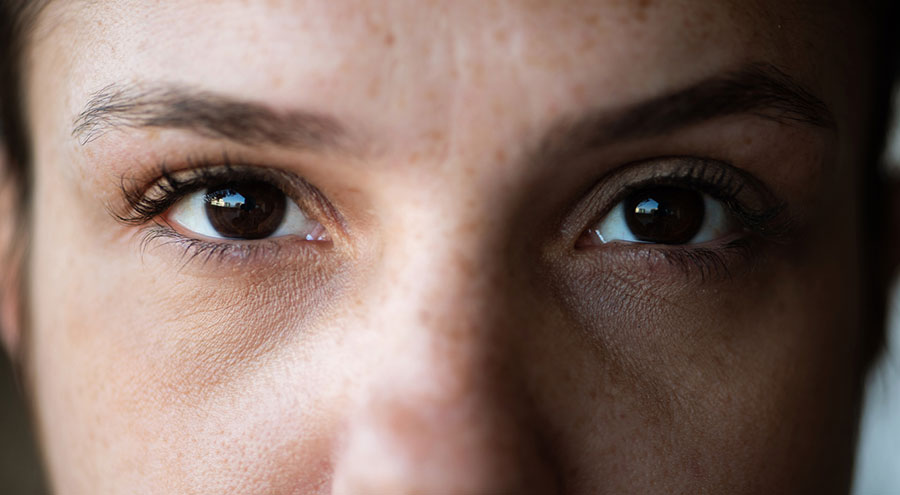Uveitic Glaucoma
Uveitic glaucoma is a common complication of uveitis affecting some 20% of patients. Patients with uveitic glaucoma may find their condition difficult to cope with, but with modern treatments, many patients are able to maintain excellent vision.

What is Uveitic Glaucoma?
Uveitic glaucoma is a type of secondary glaucoma caused by uveitis or ocular inflammation. Uveitis can occur for a variety of reasons, such as certain autoimmune conditions and infections. Some of these disorders tend to affect only one eye such as Fuch’s Heterochromic Uveitis, Posner-Schlossman Syndrome, and herpetic uveitis. Other forms can affect both eyes, such as, ankylosing spondylitis, and sarcoidosis. Many times, the root cause of uveitis cannot be determined, and this is called idiopathic. Estimates are that up to 20% of patients with uveitis may develop glaucoma.
How Does Uveitis Cause Glaucoma?
The relationship between uveitis and glaucoma is a complex one. We know that glaucoma is an optic neuropathy with elevated intraocular pressure (IOP) as one of its primary risk factors. Uveitis can cause increased IOP when inflammatory debris obstructs the trabecular meshwork resulting in decreased fluid outflow from the eye. In the long-term, inflammation can also cause scar tissue that further obstructs fluid outflow. In addition, although corticosteroid treatment is often needed to treat uveitis, it can also lead to elevated IOP as a side effect.
How Can We Treat Uveitic Glaucoma?
Treatment focuses on controlling both the uveitis and the elevated IOP. Uveitis is commonly treated with corticosteroids, a class of drugs with anti-inflammatory action. Steroid medications for uveitis are usually administered as eyedrops but may also be injected or implanted into or around the eye or given as pills. Uveitis may also be treated with non-steroid medications that modulate the immune system which are sometimes called biologics. Finally, some cases of uveitis caused by infections can be treated with antibiotics or anti-viral drugs.
For elevated IOP, the ophthalmologist may use many of the same IOP lowering drugs as for the other types of glaucoma. These are usually eyedrops but may also include pills. In some cases, surgical intervention may be necessary which is most often insertion of a small tube called a glaucoma drainage device. Laser treatment for this type of glaucoma is usually avoided because it can cause more inflammation. Patients should discuss with their glaucoma provider what the most appropriate treatment for them might be.
Ophthalmologists that specialize in uveitis and in glaucoma commonly work together to manage this problem. They may also work closely with a rheumatologist who is a medical doctor that specializes in inflammatory disorders of the body and may prescribe and monitor systemic treatments.
On the Horizon
Through research, doctors are gaining a better understanding of how to best treat uveitic glaucoma. The medical community now has more effective treatments for inflammatory diseases and in addition, a better understanding of which types of glaucoma medications and procedures have the best outcomes for this glaucoma subtype.
The Takeaway
Patients with uveitic glaucoma may find their condition difficult to cope with. A collaborative relationship with the medical team and connecting with support groups and resources can provide additional help and encouragement. Organizations like the Glaucoma Research Foundation and local patient support groups offer valuable information and community support.
Learn More



